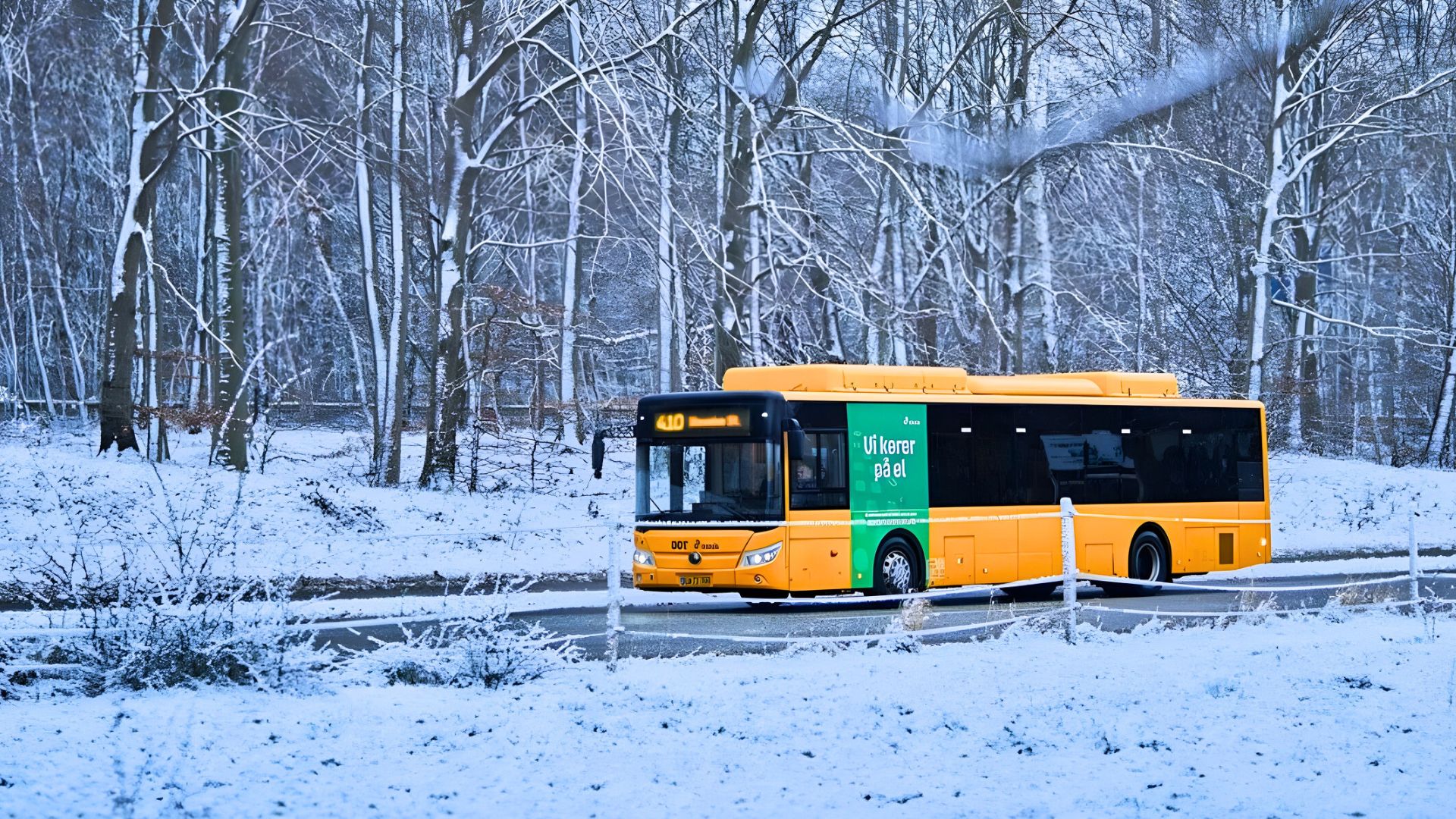#over-the-air-updates
#over-the-air-updates
[ follow ]
#electric-buses #vehicle-cybersecurity #yutong #cybersecurity #tesla #data-privacy #aws-frankfurt #in-car-software
Information security
fromSustainable Bus
2 days agoYutong responds to cybersecurity allegations: "Remote control technically impossible" - Sustainable Bus
Yutong states remote control of its buses is technically impossible because the telematics unit is not physically connected to steering, propulsion, or braking systems.
frominsideevs.com
1 week agoGM Is Removing Apple CarPlay On All Its Cars. Here's Why That's Fine
Car tech is frustrating right now. Chances are if you hop in a new vehicle, you're going to be greeted by a confounding array of touch screens, capacitive buttons and submenus. Some of it is amazing, and some of it is confusing. It is easynatural, evento opt out. To skip all the nonsense, plug in your phone, and channel everything through Apple CarPlay or Android Auto. But if car companies actually want to give buyers a good experience, I'm more
Cars
Information security
fromSustainable Bus
1 week agoRuter identifies cybersecurity risks in connected electric buses during tests - Sustainable Bus
Over-the-air software updates in modern electric buses introduce cybersecurity risks that require fleet-level protections and national cybersecurity standards.
fromThe Atlantic
2 weeks agoMy Car Is Becoming a Brick
For most of its short life, my Tesla Model 3 has aged beautifully. Since I bought the car, in 2019, it has received a number of new features simply by updating its software. My navigation system no longer just directs me to EV chargers along my route-it also shows me, in real time, how many plugs are free. With the push of a button, I can activate "Car Wash Mode," and the Tesla will put itself in neutral and disable the windshield wipers.
Cars
fromTESLARATI
3 weeks agoJapan paves the way for Tesla Full Self-Driving domestic rollout
As noted in a report from Nikkei, Tesla's artificial intelligence-powered vehicles are allowed to be retrofitted with a software update that could enable the activation of their self-driving features. These features would be rolled out through an over-the-air (OTA) software update for vehicles that have already been sold to consumers. Previous reports have indicated that Tesla Japan has started the testing of FSD technology on public roads.
Cars
fromInsideEVs
1 month agoHyundai's Next Act: A Tesla-Style Software System In 2026
Its EVs tend to be class-leading in terms of electric range, fast-charging times, performance and more. But its in-car software experience has aged about as well as skinny jeans. The smartphone apps are slow and buggy. The infotainment system works just fine, but it's not fancy, and true over-the-air updates are few and far between. And none of it can be terribly personalized.
Cars
fromTechCrunch
1 month agoExclusive: How an over-the-air update made Quilt's heat pumps more powerful | TechCrunch
From the very beginning, we wanted to design the systems to be able to be continuously improved, updated over the air. It's a pattern that's happened in EVs and gotten a lot of traction, but no one had really done that before in HVAC,
Software development
[ Load more ]

